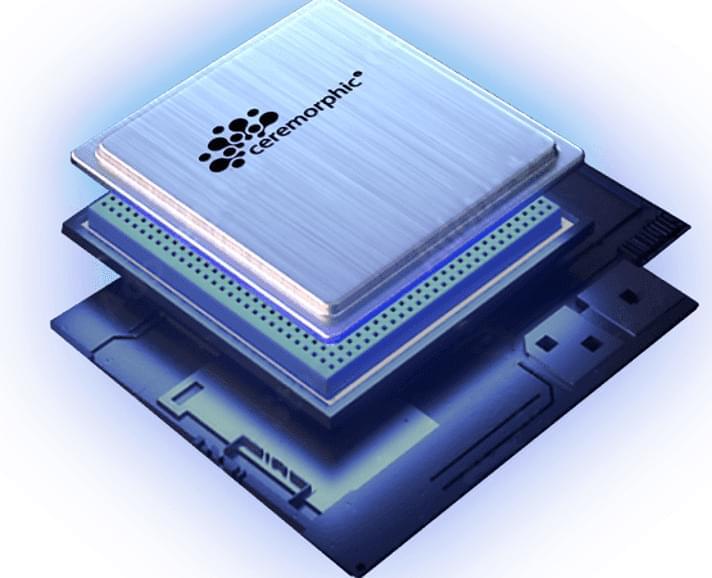A host of novel chip features including analog computation will deliver a more-efficient, more reliable, more secure AI processor for multiple markets, CEO Venkat Mattel claims.



Fujitsu said it will establish an AI ethics and governance office to ensure the safe and secure deployment of AI technologies.
To be headed by Junichi Arahori, the new office will focus on implementing ethical measures related to the research, development, and implementation of AI and other machine learning applications.
“This marks the next step in Fujitsu’s ongoing efforts to strengthen and enforce comprehensive, company-wide measures to achieve robust AI ethics governance based on international best-practices, policies, and legal frameworks,” the company stated.
👉For business inquiries: [email protected].
✅ Instagram: https://www.instagram.com/pro_robots.
You are on the PRO Robots channel and today we are going to talk about the main trends in science and technology for the next 10 years. How will the world of robotics change in 2022 and what will happen in the next 10 years? Experts say robots will become as commonplace in our lives as smartphones and laptops. Watch the top robotics trends in one video!
0:00 In this video.
0:23 Smart factories.
1:16 Robot interaction.
1:40 Semi-structured Environment.
2:20 Machine vision.
3:04 Artificial Intelligence.
3:43 Intuitive programming and RaaS
4:31 Robot maintenance.
5:08 Robots everywhere.
5:43 Unmanned cars.
6:52 Delivery robots.
7:29 Logistics Robots.
7:53 Robot dogs.
8:34 Humanoid robots.
#prorobots #robots #robot #futuretechnologies #robotics.
More interesting and useful content:
✅ Elon Musk Innovation https://www.youtube.com/playlist?list=PLcyYMmVvkTuQ-8LO6CwGWbSCpWI2jJqCQ
✅Future Technologies Reviews https://www.youtube.com/playlist?list=PLcyYMmVvkTuTgL98RdT8-z-9a2CGeoBQF
✅ Technology news.
https://www.facebook.com/PRO.Robots.Info.
#prorobots #technology #roboticsnews.

In part because the technologies have not yet been widely adopted, previous analyses have had to rely either on case studies or subjective assessments by experts to determine which occupations might be susceptible to a takeover by AI algorithms. What’s more, most research has concentrated on an undifferentiated array of “automation” technologies including robotics, software, and AI all at once. The result has been a lot of discussion—but not a lot of clarity—about AI, with prognostications that range from the utopian to the apocalyptic.
Given that, the analysis presented here demonstrates a new way to identify the kinds of tasks and occupations likely to be affected by AI’s machine learning capabilities, rather than automation’s robotics and software impacts on the economy. By employing a novel technique developed by Stanford University Ph.D. candidate Michael Webb, the new report establishes job exposure levels by analyzing the overlap between AI-related patents and job descriptions. In this way, the following paper homes in on the impacts of AI specifically and does it by studying empirical statistical associations as opposed to expert forecasting.
Mathematician and computer scientist, is considered one of the fathers of Artificial Intelligence. He was Toshiba Professor of Media Arts and Sciences at the Massachusetts Institute of Technology; cofounder of MIT’s Artificial Intelligence Laboratory; and the author of eight books, including The Society of Mind. Recorded: 2002.



